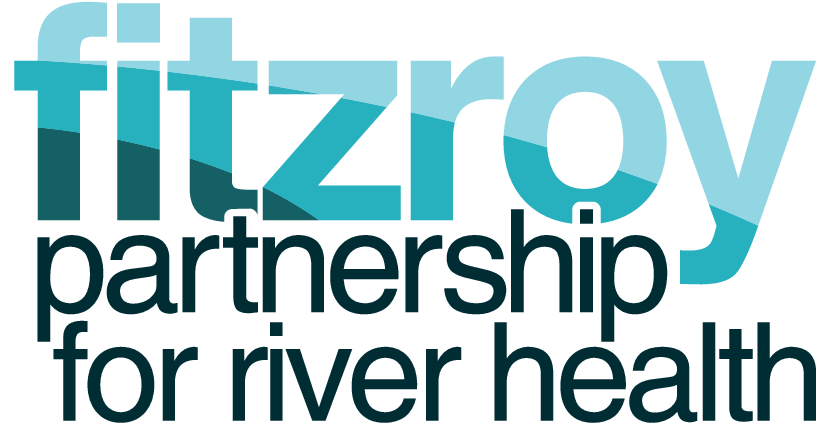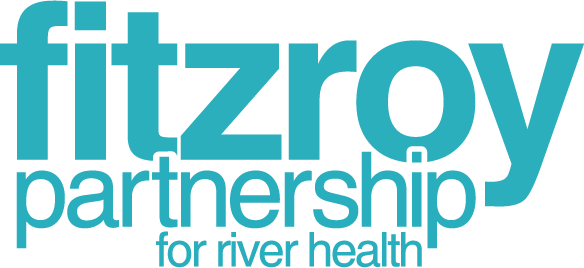FBA & CQUniversity: Sights set on seagrass strategies
Fitzroy Basin Association (FBA) is working with CQUniversity to reduce threats to seagrass communities. The Fitzroy region has the largest seaward draining basin in Queensland, with 1,000 km of coastline that is home to extensive seagrass meadows and part of the Great Barrier Reef Heritage area.
Seagrass meadows underpin the survival of fish and shellfish the community eats and transform the greenhouse gas, carbon dioxide, into oxygen. They also filter seawater, capture sediment, stop erosion and provide food for threatened dugong and marine turtle species. Human activity like coastal urban development, storm-water runoff and nutrient pollution can contribute to seagrass degradation and loss.
Director of CQUniversity’s Coastal Marine Ecosystems Research Centre (CMERC), Associate Professor Emma Jackson is a leading authority on seagrass. She is researching ways coastal development activity can support rather than compromise seagrass that is essential to fish habitats.
By participating with CMERC, FBA has been educating industry and the community about ways to decrease threats to local seagrass. Getting people to understand seagrass value is critical to motivating people to reduce marine pollution.
Sustainable recreational use of marine areas throughout the Fitzroy region relies on healthy seagrass, so FBA engages the fishing community in volunteer events and support programs too. Without seagrass, juvenile fish are vulnerable to predators and breeding grounds are compromised, which reduces fish diversity and numbers.
FBA coordinates regular volunteer, club, and community group cleanups of marine debris along Fitzroy region’s beaches. Engaging the community to help collect rubbish reduces the threat to seagrass and spreads the message about the importance of seagrass to our food supply chain.
A 2020 study (Jänes et al.) showed a hectare of seagrass supports 55,000 more fish a year than a seabed without vegetation. This fish commercial value is worth up to $21,200 per hectare per year, so it makes good financial sense to reduce threats to seagrass communities.
Research and NRM Partnership Seagrass restoration through community participation is also effective at improving cover. One plant can grow to an entire
meadow in less than a year. In 2021, FBA and CQUniversity recruited over 100 volunteers and recreational fishers to collect seagrass fruit and plant seeds to bolster areas experiencing meadow loss on the Curtis and Capricorn Coasts.
FBA is also investing in research to find better ways to propagate seagrass. It is partially funding Australia’s only island-based seagrass nursery on North Keppel Island (Kono-mie) to support CQUniversity research efforts that will contribute to the knowledge and benefit the island’s seagrass community.
FBA and CQUniversity’s on-ground efforts in seed collection and restoration combined with sustained community education are improving the region’s awareness and stewardship of local seagrass.
This project is supported by Fitzroy Basin Association and CQUniversity through funding from the Australian Government’s National Landcare Program.
FBA is one of Queensland’s leading natural resource management (NRM) organisations. Visit fba.org.au to learn more.



